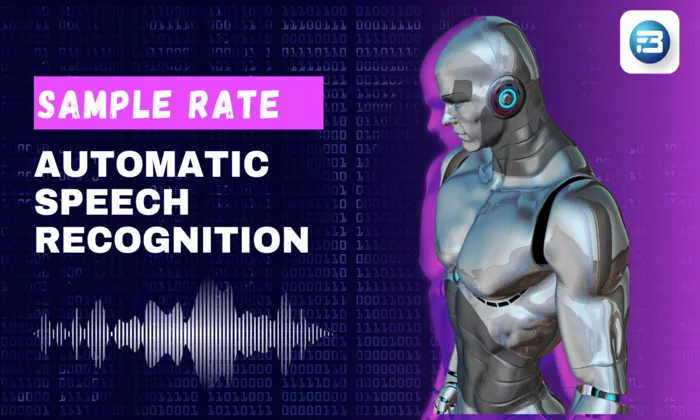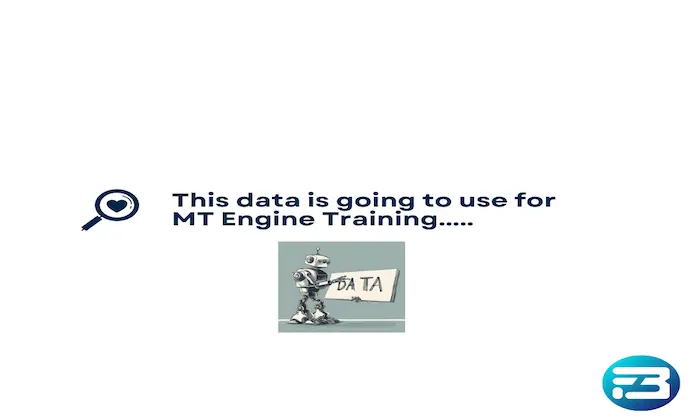Can I fine-tune an ASR model using both call center and conversational speech?
ASR
Speech Recognition
Machine Learning
Unlocking a hybrid ASR strategy by merging call-center and conversational speech datasets is a powerful way to improve model performance.
FutureBeeAI clients have reported up to 35% reduction in Word Error Rate (WER) using this approach. However, optimal results require a carefully designed training plan.
Key Benefits of Hybrid ASR Training
Combining diverse datasets enhances model capability through:
- Rich vocabulary and phrasal variety
- Incorporates both everyday expressions and industry-specific terminology.
- Accent and dialect diversity
- Improves generalization across varied speaker demographics.
- Real-world acoustic variability
- Enables the model to handle multiple environments, from quiet rooms to noisy call centers.
Pitfalls to Avoid in Domain-Merging
While merging datasets is beneficial, watch out for:
- Overgeneralization of agent phrasing
- Structured phrases like “verify your account” may be misunderstood in casual contexts.
- Vocabulary drift
- Mixing general speech with domain-specific data (e.g., finance or telecom) may reduce precision.
- Annotation mismatch
- Inconsistencies in formats or labeling styles can hurt model training quality.
Step-by-Step Hybrid Fine-Tuning Guide
1. Two-Stage Fine-Tuning Strategy
- Stage One: Pre-train the model on conversational speech to build general language understanding.
- Stage Two: Fine-tune using call-center data for domain-specific adaptation.
2. Curriculum Learning and Dynamic Sampling
Start with conversational data and gradually mix in more call-center data.
This prevents overfitting and promotes smooth domain transition.
3. Domain-Adaptive Training
Use techniques like domain adversarial loss or discriminator networks to preserve general speech capabilities while mastering call-center language.
4. Maintain Data Quality Thresholds
Include only transcripts with 85%+ confidence scores to avoid degrading model performance with noisy data.
Use high-quality transcription from vetted sources.
5. Apply Acoustic Augmentation
Boost model robustness with:
- Speed perturbation
- Background noise injection
- Reverberation simulation
6. Validate Using In-Domain Test Sets
Use test sets that replicate your deployment environment to assess:
- WER
- Keyword detection accuracy
- Turn-level diarization performance
How Should I Balance My ASR Training Mix?
The mix depends on your application:
- For customer support, prioritize call-center data (e.g., 70:30 call-center to general)
- For general-purpose ASR, aim for a more even balance (e.g., 50:50)
Why FutureBeeAI Call Center Data Works Seamlessly with Conversational Speech
FutureBeeAI’s datasets are pre-formatted, normalized, and legally compliant, making them easy to integrate with general datasets.
- Platforms like Yugo and TranscribeHub ensure GDPR and SOC2 compliance
- Audio is standardized (16-bit WAV, mono/stereo, 16 kHz)
- Transcripts are time-aligned and diarized
- Metadata is consistent and flexible for hybrid training
Frequently Asked Questions
Q: How do I measure success after hybrid fine-tuning?
A: Track:
- Domain-specific WER
- Keyword accuracy
- Real-time latency in IVR or voicebot deployments
Q: What are best practices for ASR fine-tuning?
A: Use:
- Two-stage training
- Dynamic sampling
- Data quality thresholds
- In-domain validation
Final Thought
Fine-tuning ASR models using both call-center and conversational speech data enhances adaptability, accuracy, and performance across real-world voice applications.
FutureBeeAI provides production-ready, clean datasets designed to accelerate your ASR pipeline.
Ready to build smarter speech models? Let’s talk data.
What Else Do People Ask?
Related AI Articles
Browse Matching Datasets
Acquiring high-quality AI datasets has never been easier!!!
Get in touch with our AI data expert now!








